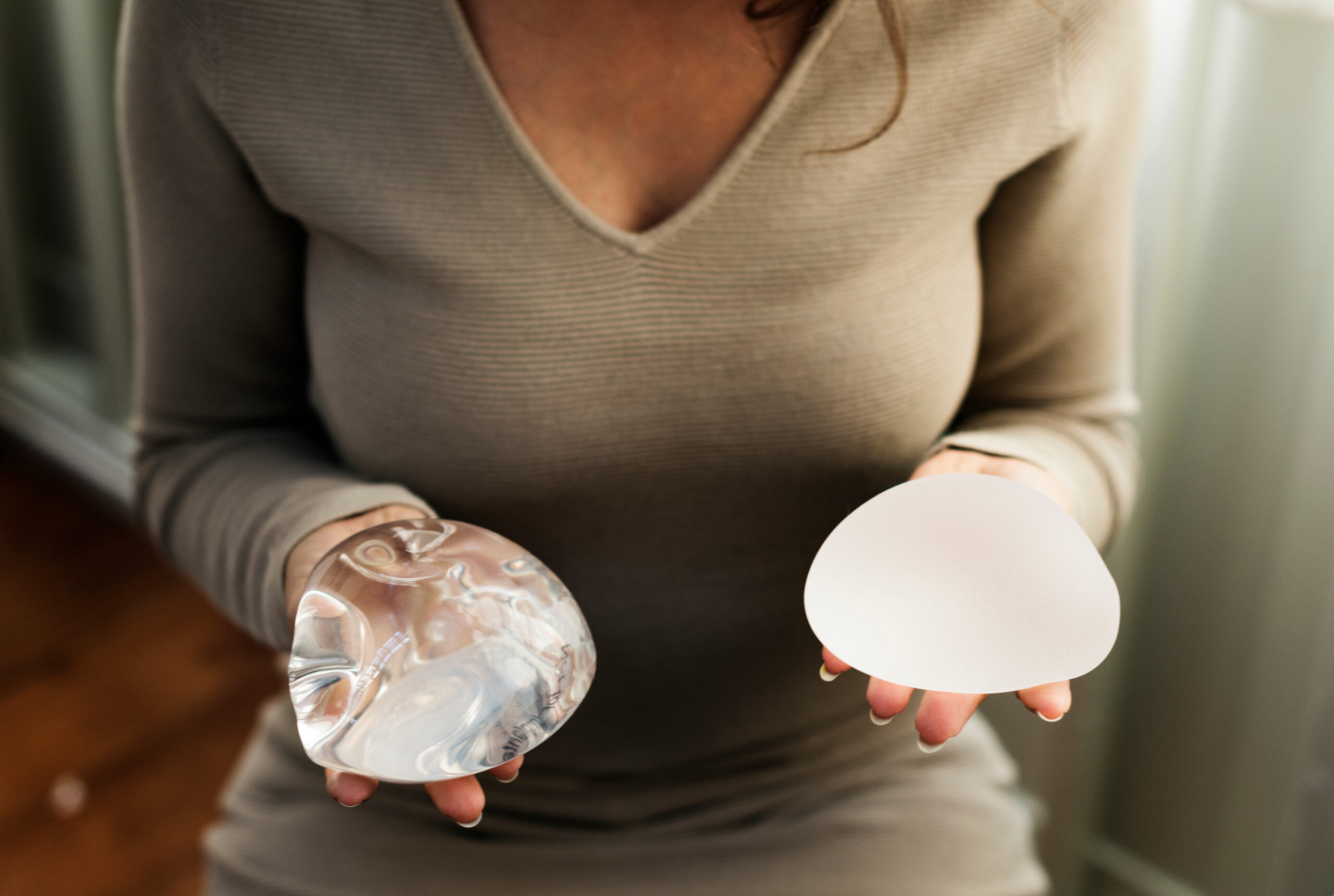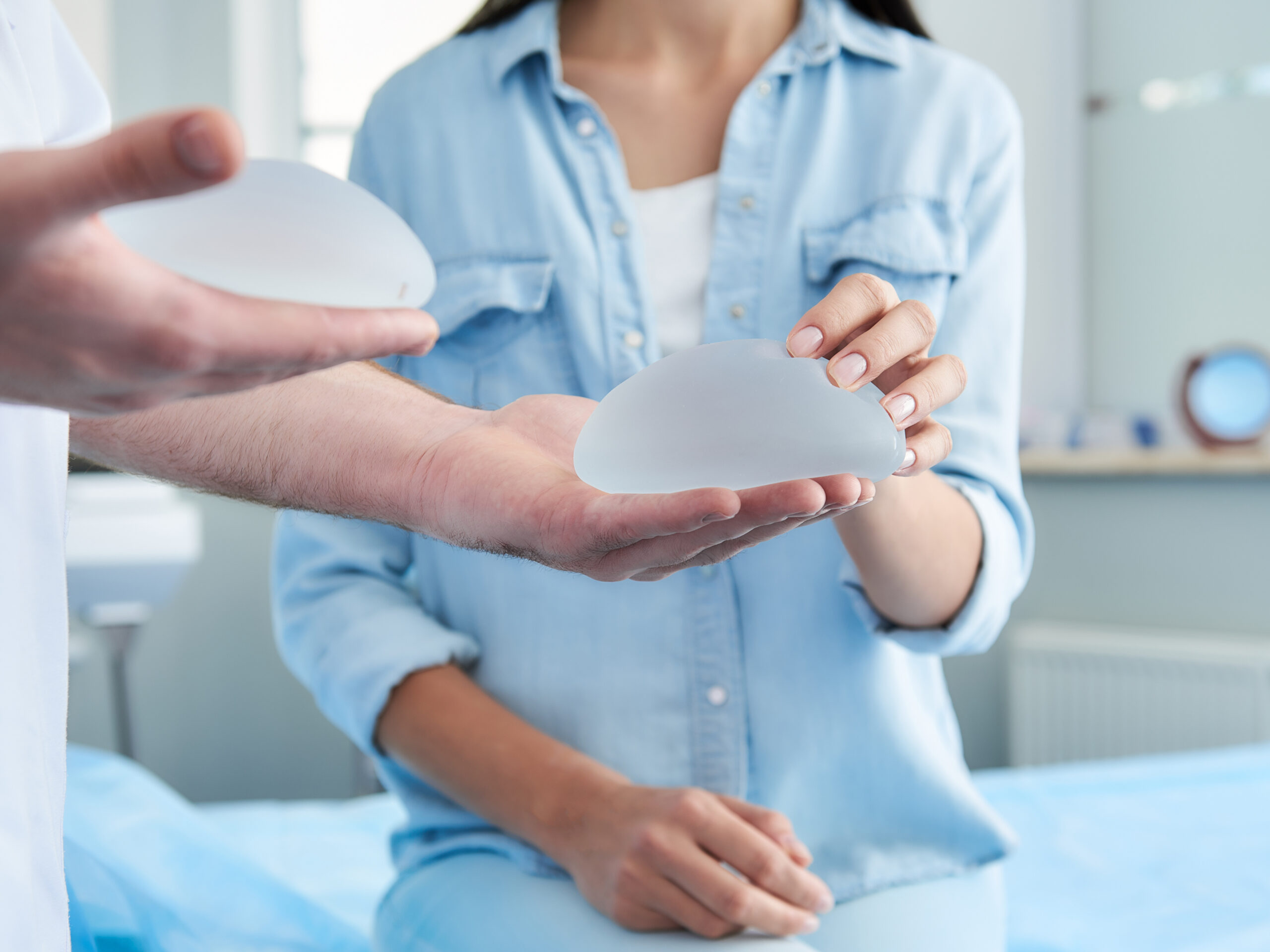A quick summary
Fat transfer (lipofilling) reshapes and subtly enhances the breasts using your own fat. It’s ideal for modest volume increases, soft upper-pole fullness, and fine contour work—especially useful after implant removal or alongside a breast lift. Also great for correcting “rippling” which is a complication that some slim people can get from implants (i.e. inject the fat over the top of the implant to thicken the natural tissue in front of it)
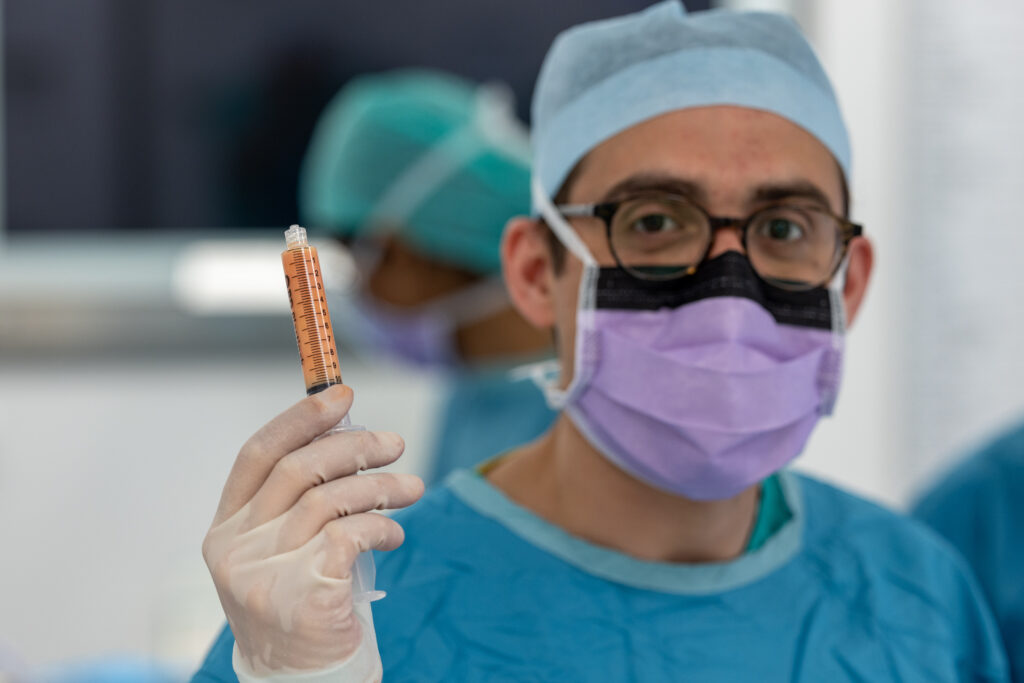
What is fat transfer—and how does it work?
Fat transfer to the breasts (also called lipofilling) involves gentle liposuction from areas such as the abdomen, flanks or thighs. The fat is processed and carefully injected into the breast in tiny micro-parcels to improve shape and add soft, natural-feeling volume. Because it’s your own tissue, there’s no foreign material to maintain, and results tend to feel particularly natural.
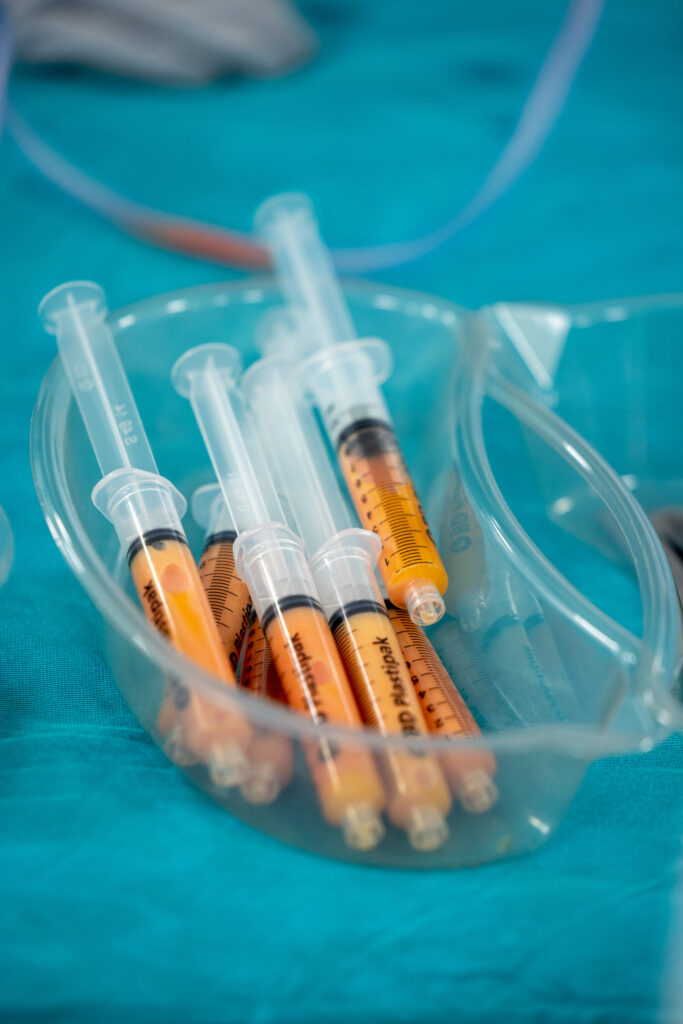
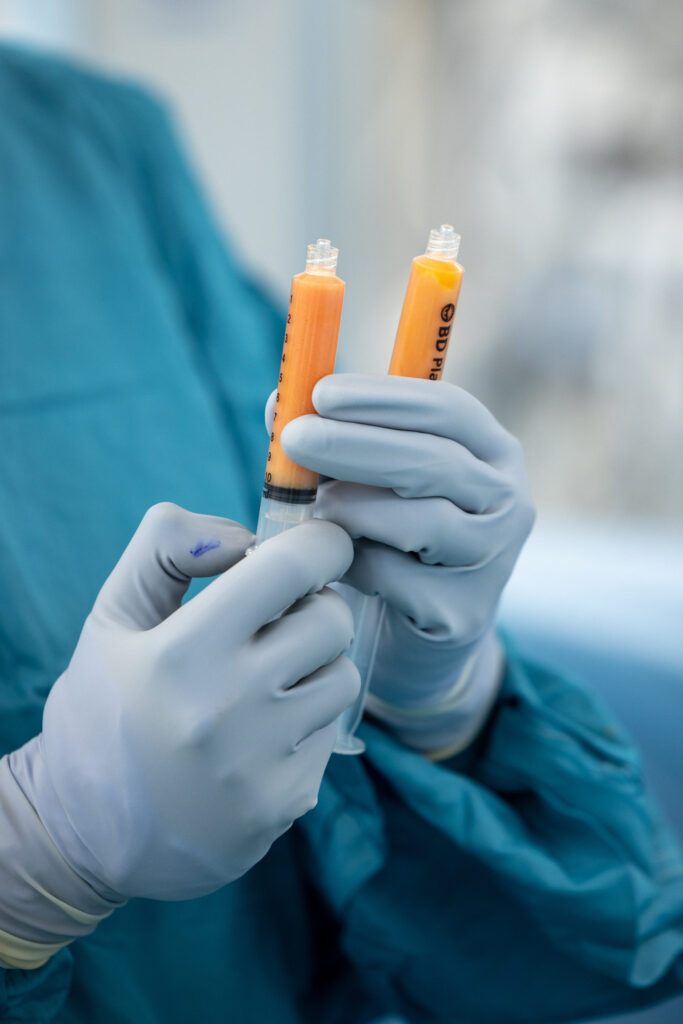
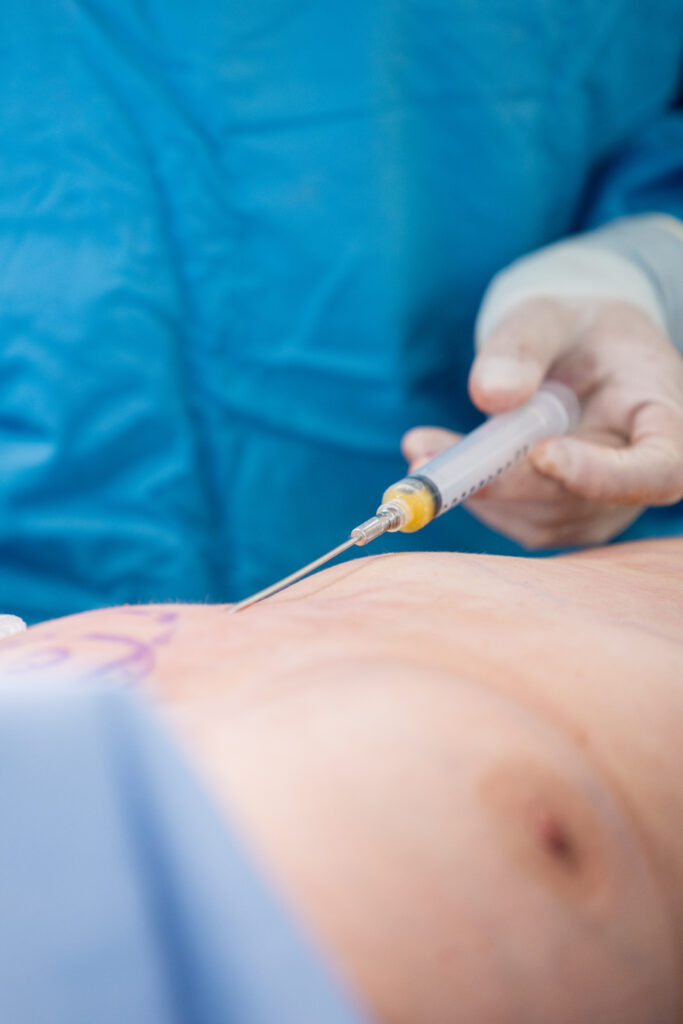
Who is (and isn’t) it best for?
This option suits women seeking a subtle increase, correction of minor asymmetry, softening of the upper pole, or smoothing of contour dips. It’s also helpful after implant removal to maintain shape without using implants. If you’re hoping for a dramatic size change or very pronounced projection, breast augmentation with implants may be more appropriate, or a combined plan.
- Breast augmentation: andrewpieri.co.uk/breast-augmentation/
- Breast lift (mastopexy): andrewpieri.co.uk/breast-lift/
- Implant removal: andrewpieri.co.uk/breast-implant-removal/
- Asymmetry: andrewpieri.co.uk/breast-asymmetry/
Benefits at a glance
- Natural look and feel using your own fat
- Dual benefit of body contouring at the donor site
- Highly targeted shaping (cleavage, upper pole, small dents)
- Useful after implant removal or combined with a lift
Limitations to consider
- Volume limits: expect modest size increases (staged sessions may be needed)
- Fat survival: not all transferred fat persists; planning allows for this
- Donor fat required: you’ll need suitable areas for harvest
- Projection: implants still offer the biggest change in projection
Recovery & aftercare
Most patients feel comfortable with light activities within a few days and return to desk work in around 1–2 weeks, depending on how much liposuction is required and whether other procedures are combined. Expect swelling and bruising at both donor and breast sites; a supportive bra and compression garment (for lipo areas) are typically advised.
Costs & next steps
Guide fees vary depending on whether fat transfer is performed alone or with other procedures. See Pricing & Fees for current ranges:
andrewpieri.co.uk/pricing/
Thinking about a natural enhancement? Arrange a free phone mini-consultation:
andrewpieri.co.uk/contact/
FAQs
Will the results last?
Results likely to last as long as weight stays stable. It is living tissue so can change with the body naturally. Some of the transferred fat won’t survive; Andrew accounts for this in planning.
How much bigger can I go in one session?
Typically a subtle increase. Larger changes usually require staged treatments or implants.
Can fat transfer fix asymmetry?
It’s excellent for fine tuning size and contour differences. For significant ptosis (droop), a breast lift may be added.
Is it safe to have mammograms after fat transfer?
Yes. Radiologists are familiar with post-fat-transfer changes. Always inform your imaging centre about prior surgery.
What if I don’t have much spare fat?
Lean patients may still be candidates but options (including implants or a combined plan) will be discussed at consultation.
If you’re considering a breast augmentation and want to know more about the process, you can contact Mr Pieri by emailing info@andrewpieri.co.uk or calling +447526556934. Alternatively, to start the process of finding the right breast surgery to achieve your aesthetic goals, book a consultation today.


